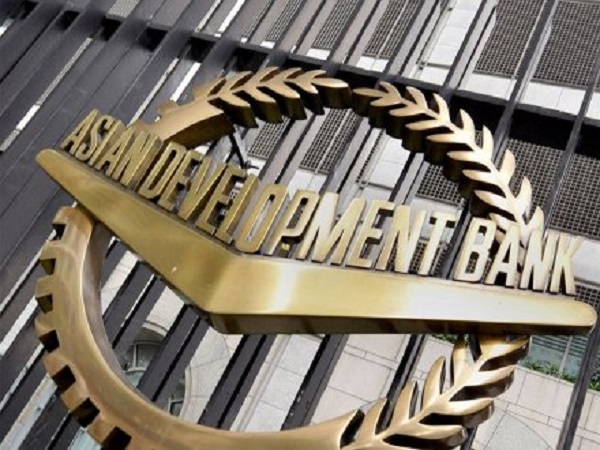
AFP FILE PHOTO
The Asian Development Bank will extend to the Philippines a $300-million (about P16 billion) loan aimed at boosting private sector participation in the Duterte administration’s ambitious “Build, Build, Build” infrastructure program.
In a statement Monday, the Manila-based multilateral lender said that its board of directors approved the policy-based loan under the Expanding Private Participation in Infrastructure Program (EPPIP) subprogram 2, which seeks “to create the enabling policy environment that will allow public-private partnership (PPP) projects to flourish using private sector expertise and innovation.”
“The Philippines has made significant progress since the PPP program was launched in late 2010. With a huge project pipeline being rolled out under the ‘Build, Build, Build’ program of President Rodrigo Duterte, leveraging public resources via private sector participation remains relevant,” ADB country directors for the Philippines Kelly Bird said.
Under the massive “Build, Build, Build,” the government will rollout 75 “game-changing” flagship projects while spending a total of up to P9 trillion on hard and modern infrastructure until 2022 to usher in the “golden age of infrastructure.”
“PPPs can raise the quality of life for citizens by providing reliable public services through efficient infrastructure. Reforms under the EPPIP program have been successful in stimulating the PPP market and improving the quality of infrastructure projects in the Philippines,” ADB senior trade specialist Ms. Cristina Lozano said.
“The ADB has been supporting reforms that have helped ensure sustainable funding for government direct and contingent support to PPPs, improve long-term infrastructure planning, strengthen the government’s capacity to manage the PPP program, and enhance the legal framework for PPP preparation, approval, and implementation,” the lender said.
“Reforms also helped facilitate the use of PPPs by local government units as an alternative in pursuing infrastructure development. The government-run PPP Center provided support to LGUs to develop and implement PPP projects in priority sectors such as water supply and sanitation, solid waste management, and urban transport,” it added.
Economic managers have said that since PPP projects take more time to implement, the Duterte administration will start rolling out big-ticket infrastructure using government funds or borrowings from multilateral lenders and development partners.
Once finished, the infrastructure projects will be bid out to the private sector for operation and maintenance, in what the economic team called a “hybrid” PPP approach.
As for pure PPP projects, economic managers said that these could be done at the level of local government units, particularly smaller-scale projects.
In an ADB economics working paper titled “Public-Private Partnership Development in Southeast Asia” published this month, Economic Research Institute for Asean and East Asia senior economist Fauziah Zen noted that “infrastructure development in Cambodia, Laos, Malaysia, and the Philippines lags far behind the average of selected developed economies.”
“Since PPP is still in the early stage of policy maturity in these countries, large portions of their infrastructure finances come from public funds, including loans, and in smaller portion, from privatization,” Zen said.
Nonetheless, during the Aquino administration, its PPP thrust boosted infrastructure development.
“The Philippines’ PPP Center has been more progressive. It has awarded 16 PPP contracts worth approximately $6.4 billion since 2010. Completed projects include the Ninoy Aquino International Airport Expressway and 12,202 classrooms in six regions, while the Mactan-Cebu International Airport New Passenger Terminal Building and the Bulacan Bulk Water Supply Project are both under construction,” Zen noted.
“The Philippines has several strong points in its PPP programs, especially in leadership of PPP; clear guidelines on cost-benefit analysis, risk assessment, and comparative modality; and clear references to structure the schemes,” Zen added.
Across Asean, however, “the role of PPP financing is still minor,” according to Zen.
“A significant portion of its infrastructure finance comes from public funds. In five main countries promoting PPP (Indonesia, Malaysia, the Philippines, Thailand, and Vietnam), PPP typically contributes only less than 1 percent of GDP [gross domestic product], while public finance greatly varies from about 2–10 percent of a country’s GDP,” Zen said.
As such, Zen said that “while PPP has an increasing role in infrastructure development, there has not been much change over the last decade in terms of its real contribution to overall infrastructure investment,” adding that “PPP contribution has been stagnant, even in the Philippines, which has a progressive PPP campaign program.” /cbb